Cats have been revered and valued across cultures for centuries, not only for their companionship but also for their incredible skills in pest control. This phenomenon extends far beyond modern domestic life, with roots stretching back thousands of years. The innate predatory nature of cats has made them indispensable allies in managing pest populations. This article explores the fascinating history and science behind the use of cats as pest controllers through time.
Natural Predators with a Purpose
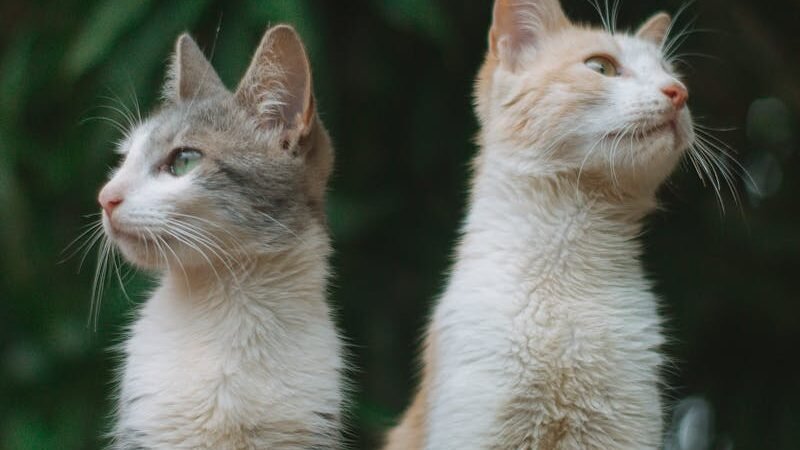
Cats are natural predators, with instincts finely tuned to hunt and kill small animals such as rodents. Their stealth, patience, and quick reflexes make them formidable hunters, contributing to their efficacy in controlling pest populations. These traits have been harnessed by humans throughout history to protect food supplies and maintain hygiene in urban and rural environments alike.
Ancient Egypt: Sacred Protectors
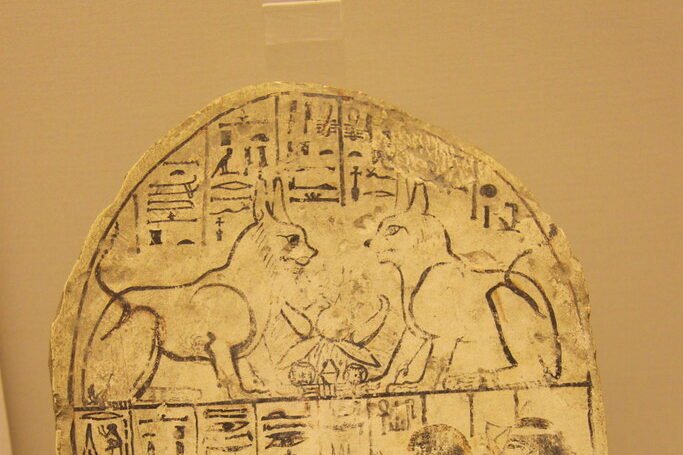
One of the earliest known instances of cats being used for pest control hails from ancient Egypt. Cats were revered in Egyptian society, often depicted in art and mythology. They were introduced into households to safeguard granaries from rats and mice, reflecting their sacred status and practical utility. This symbiotic relationship was a cornerstone of Egyptian agriculture.
Medieval Europe: Guardians of Food and Health
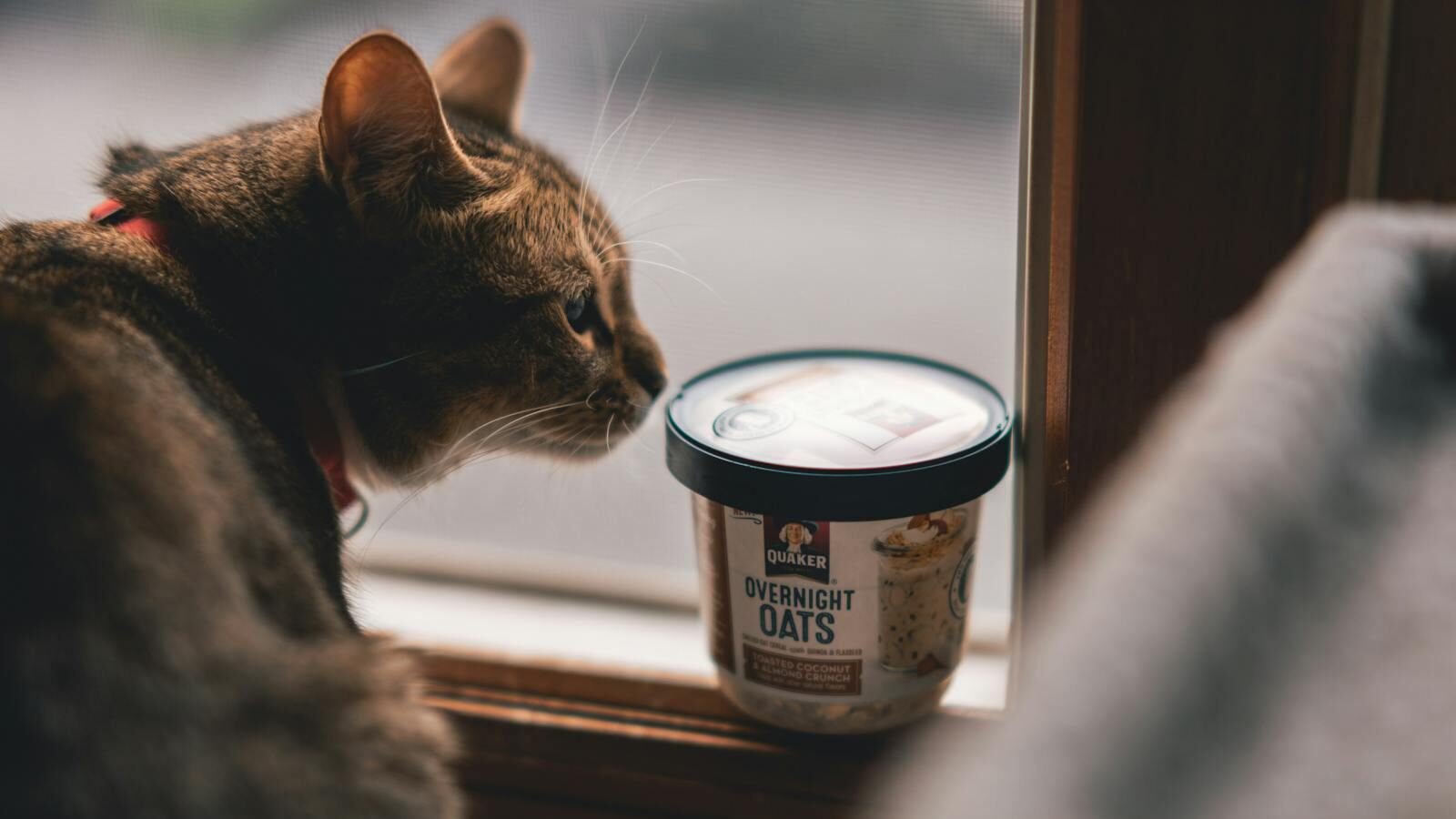
During the Middle Ages, Europe witnessed an increased reliance on cats to curb the spread of disease transmitted by rodents. The Black Death pandemic highlighted the importance of reducing rat populations, and cats became vital in this endeavor. Despite unfounded superstitions linking cats to witchcraft, their practical benefits in pest control ensured their place in society.
Ship Cats: Maritime Mousers
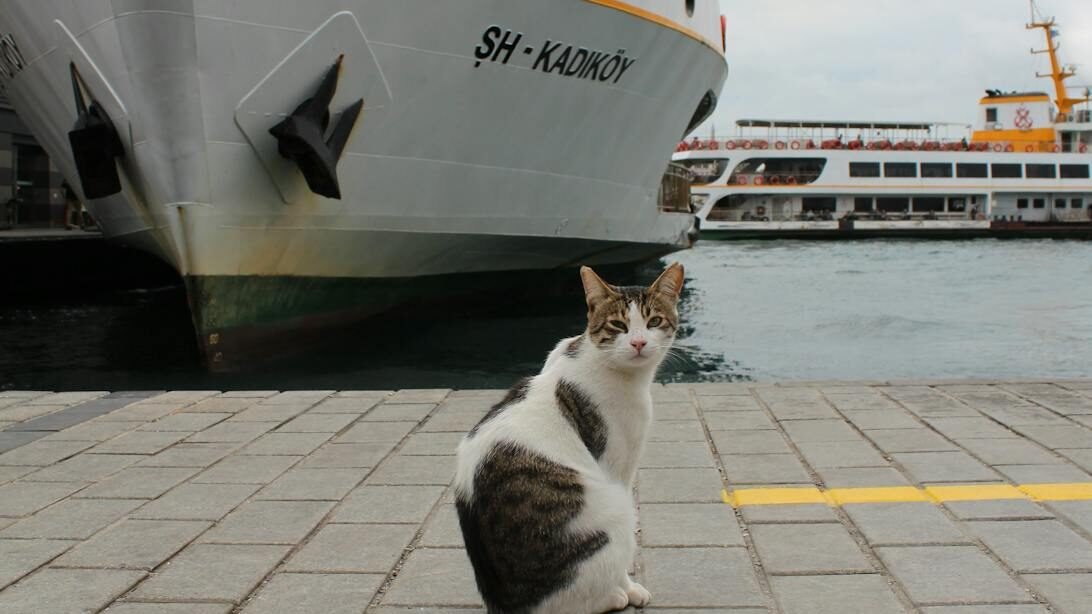
Cats earned a special role aboard ships, where they were employed to keep vermin in check. Ship cats protected valuable provisions during voyages and helped maintain the cleanliness of the ship corridors by controlling rodent populations. This practice, dating back centuries, underscores the global dependence on feline pest control in various settings.
Farm Cats: Rural Partners
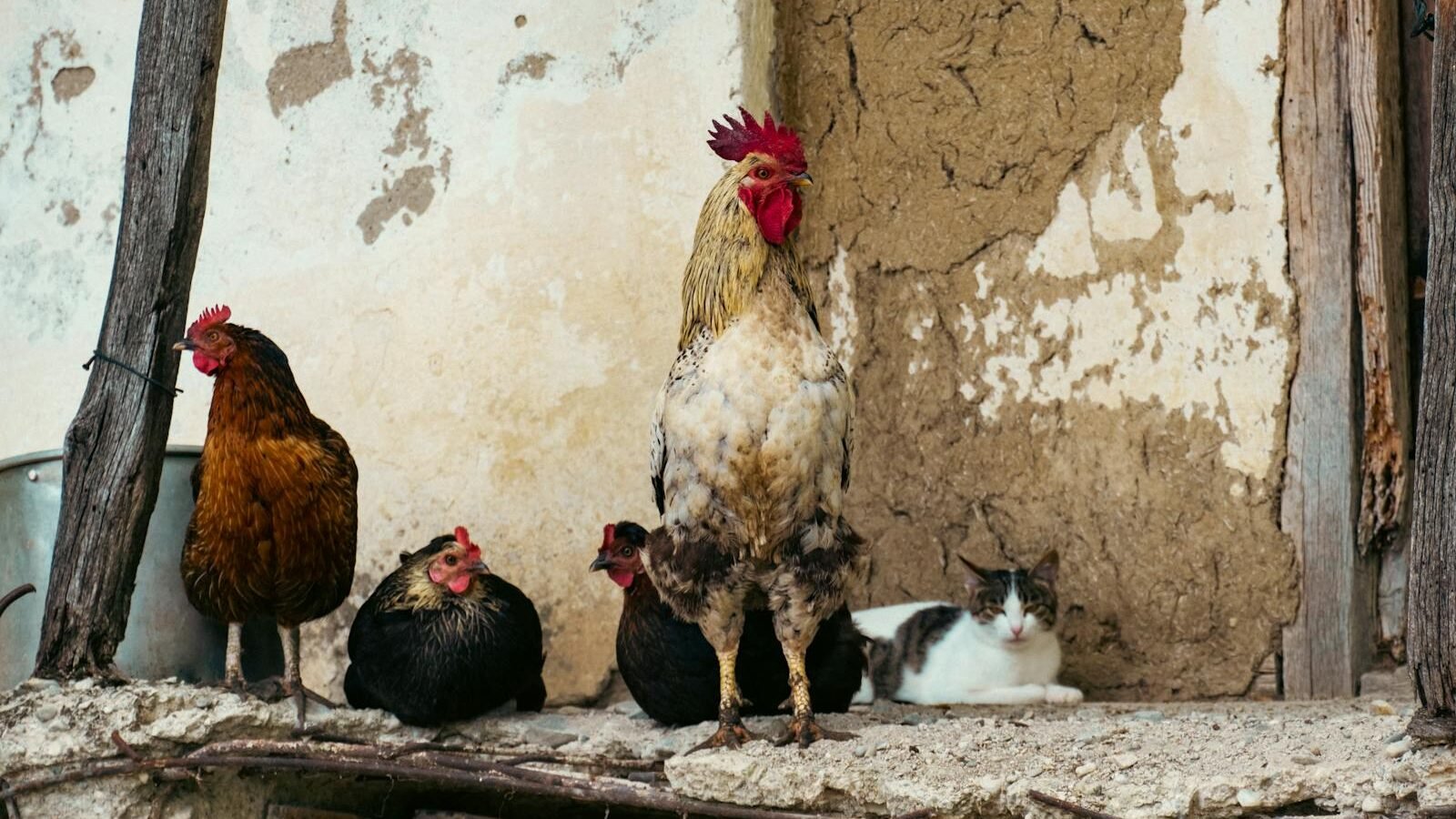
In rural areas, cats have long been partners in securing farmland and livestock from the threat of vermin. Farmers utilized cats to safeguard grains and stored feed from rodents, which in turn helped maintain food security. This rural employment of cats is a tradition that continues to this day, illustrating their enduring role in agricultural societies.
Museum and Warehouse Cats: Modern Hunters
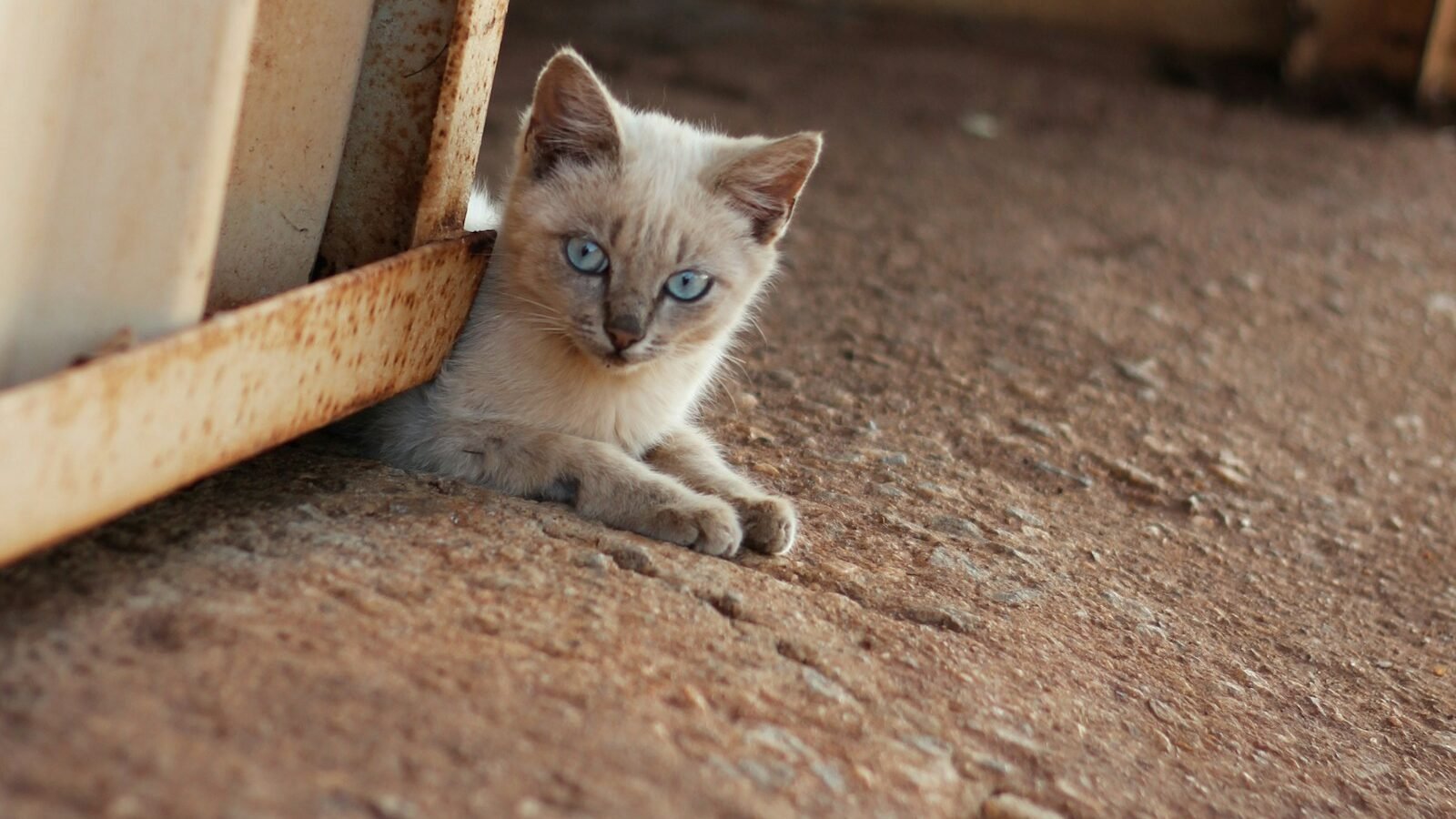
Even today, cats serve as pest control agents in museums, warehouses, and various urban settings. These environments often provide perfect breeding grounds for pests, making the presence of skilled hunters a necessity. Cats’ adaptability to diverse habitats ensures their continued relevance in pest control in the modern era.
The Science of Feline Hunting
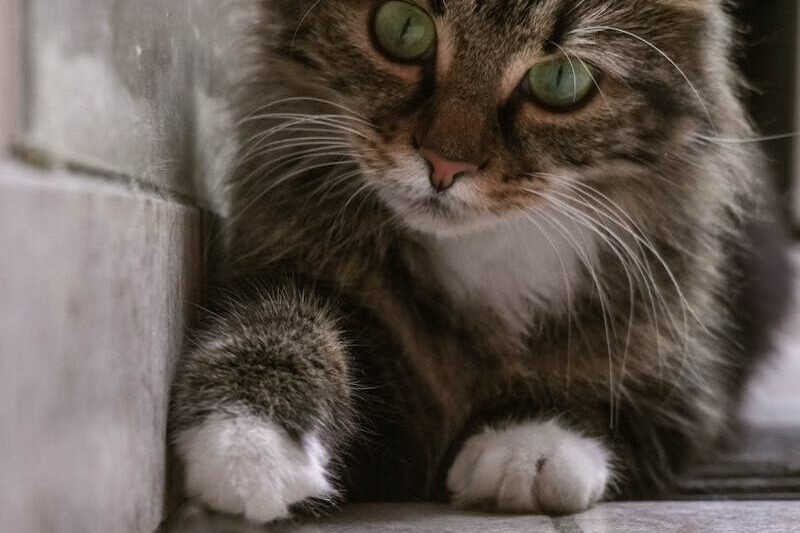
The success of cats as pest controllers is partly due to their acute senses. Their vision, particularly effective in low light, combined with sensitive hearing and smell, allows them to detect movement and track prey efficiently. This biological prowess makes cats uniquely suited to the role of pest hunters, enabling them to keep rodent populations at bay effectively.
Behavioral Traits: Instinct vs. Training

While cats possess natural hunting instincts, their effectiveness can be enhanced through certain environmental and behavioral conditioning. Encouraging hunting behavior in domestic or employed cats can increase their success rates as pest controllers. Positive reinforcement and providing environments that stimulate their predatory instincts are effective methods to maintain their hunting efficiency.
Ecological Impacts and Considerations
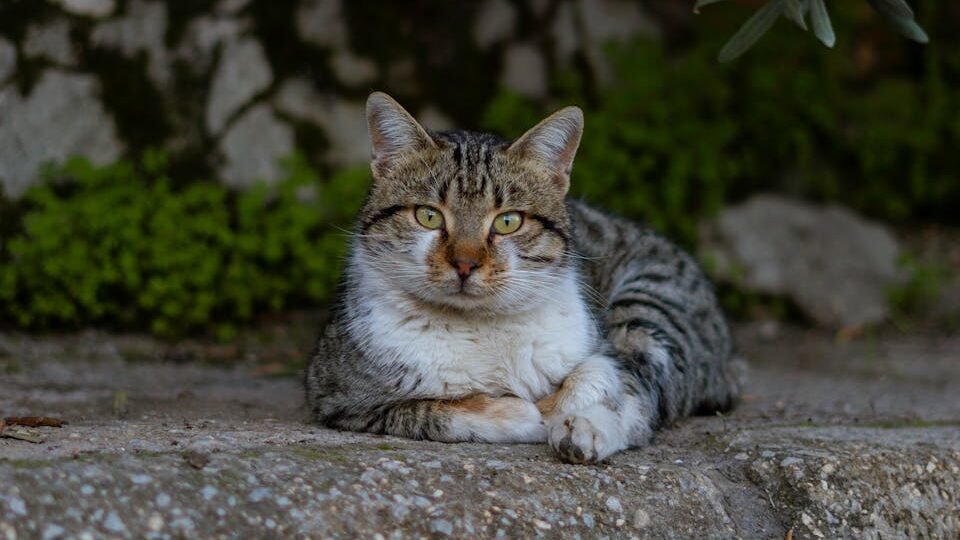
While cats are invaluable in managing pests, their impact on local wildlife and ecosystems must be considered. Uncontrolled populations of feral cats can threaten native species, leading to ecological imbalances. Responsible ownership and management practices, such as the implementation of Trap-Neuter-Return (TNR) programs, are essential to mitigate these effects and balance pest control needs with environmental health.
Conclusion: A Timeless Partnership

The relationship between humans and cats in pest control is a testament to their enduring utility and adaptability. From ancient civilizations to modern metropolitan landscapes, cats continue to play an essential role in managing pests. By understanding their capabilities and ecological impact, we can appreciate and sustain this timeless partnership for centuries to come.

With over a decade of experience as a dedicated cat lover and enthusiast, I specialize in writing captivating content about all things feline. My expertise shines through in creating engaging and informative pieces that resonate with fellow cat lovers. As a proud cat parent to my beloved Duston, my personal connection to the world of cats adds authenticity and warmth to my work, making it relatable and heartfelt.






